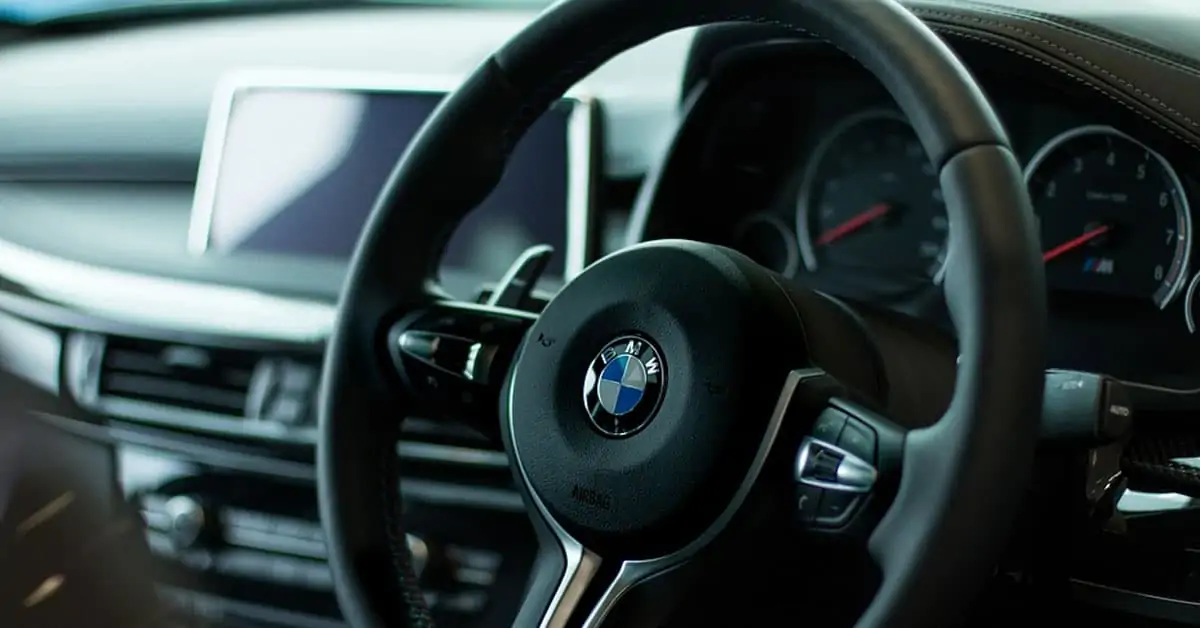If you’re familiar with car transmissions, you’ll surely agree with me that they’re available in three different types. However, in case you don’t know, the three of them are manual, automatic, and CVT transmissions. Unlike manual and automatic transmissions, CVT, which means Continuously Variable Transmission, isn’t popular.
If you’ve ever driven the three types of transmission vehicles, you’ll agree with me that automatic transmission cars are, arguably, the easiest to drive. Furthermore, when it comes to driving an automatic car, one of the frequently asked questions is – is it bad to manually shift them?
Once in a while, it’s totally fine to manually shift your automatic transmission vehicle’s gear at low speeds. This move will certainly not harm your car. However, it’s worth knowing that manually shifting your automatic may be a bad idea under certain circumstances – an example is when you constantly shift the car.
Can you manually shift gears in an automatic car? Is it bad to drive an automatic vehicle like a manual car? What is the best way to manually shift an automatic transmission car? These are the burning questions that I’ll be addressing in the rest of this article.
Can You Manually Shift Gears In An Automatic Car?

There are times when manually shifting gears in your automatic car is ideal. However, under certain circumstances, shifting it might be a very bad idea.
Before going deep to answer the question, let me quickly talk about what transmission is and exactly what it includes.
Types of Transmissions
Transmission is, no doubt, one of the most important components of a car. One of its primary functions is to convert your car engine’s combustion power to momentum, which is essential to drive the wheels. Furthermore, transmission is usually installed directly on the engine. This setup makes it easier for the component to move the car’s engine power to the wheels.
As earlier mentioned at the beginning of this post, there are three different types of transmission; manual, automatic, and continuously variable transmission (CVT).
Manual cars are designed to have a clutch and gears. Furthermore, they are usually called stick shift vehicles. That’s so because they require the drivers to manually change gears using stick shifts while driving.
Continuously variable transmission or CVT has been around since the late 1980s. It’s more of an automatic transmission because it doesn’t require the use of a clutch pedal or the shift between the forward gears. The only difference, however, between CVT and the conventional automatic transmission is that the former utilizes an unlimited number of gear ratios. With that, it means CVT allows its drivers to make seamless gear changes.
Under normal driving conditions, an automatic transmission is a multi-speed transmission that eliminates the need for drivers to change forward gears. Furthermore, in automatic transmission cars, most of the driving is done by setting the gear indicator to “D or drive.”
Here’s Why It’s Safe To Manually Shift Gears In Automatic Cars
Earlier, in this section, I mentioned that “there are times when manually shifting gears in your automatic car is ideal.” Here’s why below:
Some automatic transmission cars are designed to have built-in features, which allow drivers to make use of gear selectors the same way as manual cars. The purpose of that is simple – to provide drivers with more control over their vehicles, especially in harsh driving conditions.
Don’t forget that automatic cars aren’t designed primarily to be shifted manually. The vehicles are meant to be driven in “D.” Unless, in adverse driving conditions, which happens occasionally, automatic vehicles aren’t supposed to be shifted anyhow.
The bottom line is that it’s okay to shift gears manually in your automatic car. However, to avoid wearing and tearing the internals of your car, I’ll advise that you shift your gear only when there’s a need for it. Constant shifting will hurt your automatic vehicle.
Is It Bad To Drive An Automatic Like A Manual?

As you already know, an automatic car is an automobile with automatic transmission. Its primary function is to eliminate the need for drivers to operate clutch pedals and shift gears manually.
Furthermore, automatic cars aren’t designed to be driven like manual transmission cars. As such, I’ll say that it’s a bad idea to drive an automatic like a manual.
While that’s the fact, you need to understand that certain circumstances will require you to drive your automatic car like a manual transmission vehicle. Yes, there are a few cases where you’ll need to shift gears manually when driving your automatic vehicle.
In case you don’t know, one of the essential components of your car’s transmission is the solenoid. The transmission solenoid is an electro-hydraulic valve that’s responsible for monitoring and controlling the amount of fluid entering and flowing out of your vehicle’s automatic transmission.
If you’re constantly driving your automatic car like a manual vehicle, especially for no good reason, one of the transmission components that you’ll be hurting is the solenoid. Yes, the more you shift gears manually in your automatic car, the faster you get to wear out the transmission solenoid.
How Do You Manually Shift An Automatic Transmission?
Shifting of gears in automatic transmission cars is not entirely bad if it’s performed occasionally. So, before going ahead to show you the simple and direct steps to shift an automatic transmission manually, the first thing I’ll say is that you should only use the shifting technique occasionally when the need arises.
That said, for you to shift into low gears from drive “D” mode, here are a few things that you need to do:
- Since you’re driving in “D,” you need to first release the gas pedal. This will enable the car to slow down to about 20mph.
- After that, continue with a steady speed and switch to “2”.
- Next, bring your RPM to about 3000 RPM. After that, slow down a little bit to bring the speed to about 10 – 15mph, then switch to the lowest gear “1”.
For you to shift out of low gear into “D” or drive mode, follow the steps below:
- Since you’re driving in “1,” you need to accelerate and increase your RPM to about 3,000 RPM. At this point, you can shift your gear into the next higher one – “2”.
- Next, keep driving in “2” and maintaining a steady speed until your RPM reaches exactly 3,000. At this point, you can switch to “D”.

